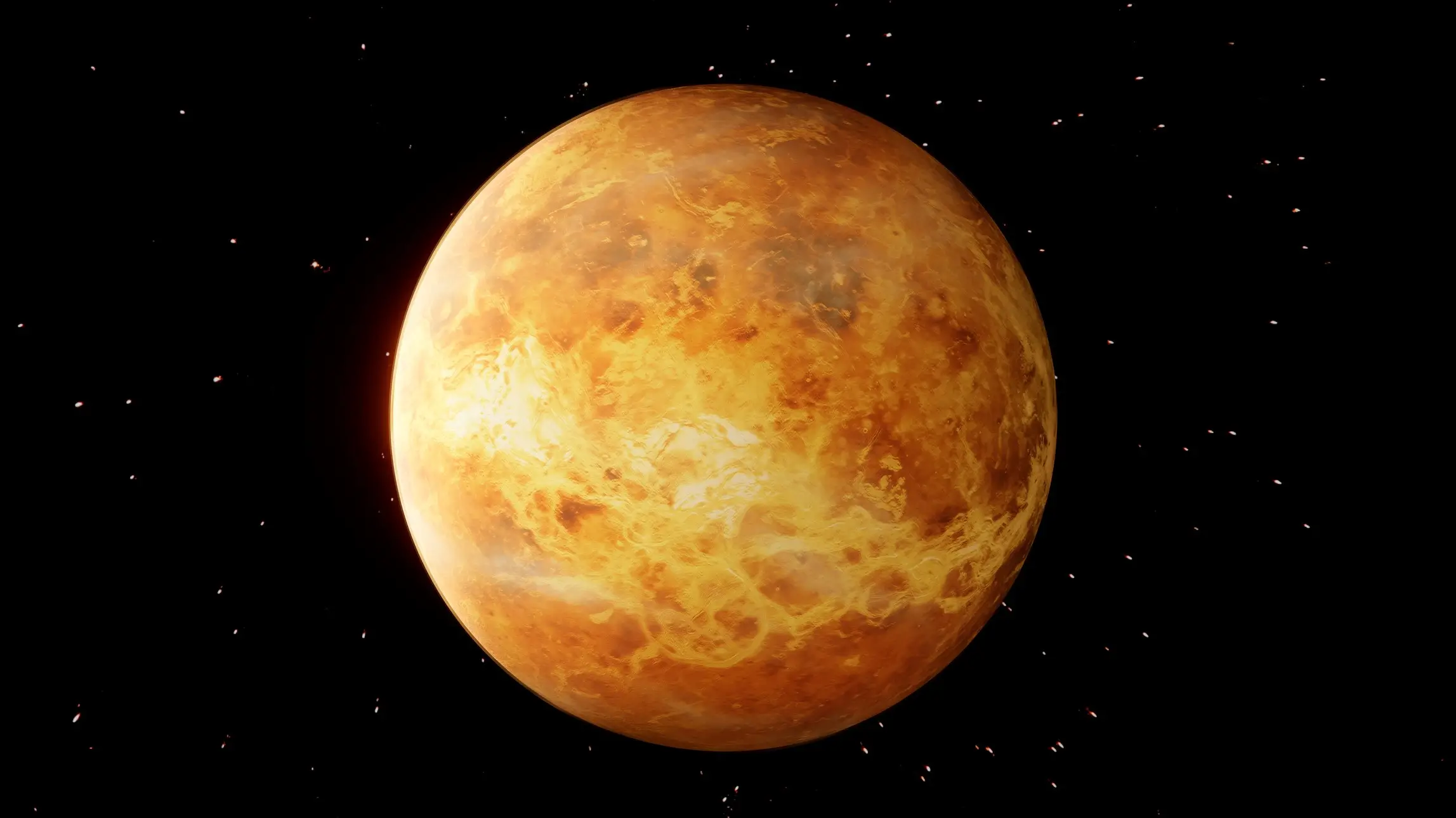
Venus, our neighboring planet, has long intrigued scientists with its enigmatic clouds. These clouds, predominantly composed of sulfuric acid droplets, exhibit peculiar patches and streaks visible only in the UV range. For years, researchers have been trying to identify the missing component that completes the composition of these clouds and explains their unique features.
The composition of Venusian clouds has been a subject of scientific curiosity for decades. Previous studies have revealed that these clouds consist of sulfuric acid droplets, along with varying concentrations of water, chlorine, and iron. However, the UV absorption patterns observed in the clouds have remained unexplained, prompting scientists to delve deeper into the atmospheric chemistry of Venus.
Led by Paul Rimmer from the Cavendish Laboratory, the research team at the University of Cambridge embarked on a mission to uncover the missing component of Venusian clouds. They synthesized iron-bearing sulfate minerals in a laboratory designed to replicate the harsh chemical conditions of Venus’ atmosphere. By combining two minerals, rhomboclase and acid ferric sulfate, and subjecting them to spectroscopic analysis under light sources mimicking the solar flare spectrum, they aimed to identify the elements or compounds responsible for the observed UV absorption patterns.
Discovery of Sea Creatures in UK Waters
The team meticulously conducted experiments by suspending the synthesized materials in varying concentrations of sulfuric acid. They closely monitored the chemical and mineralogical changes to narrow down the potential minerals responsible for the UV absorption patterns in Venusian clouds. Through their rigorous efforts, they successfully identified two candidate minerals: rhomboclase and acid ferric sulfate.
Collaborating with Harvard’s photochemistry lab, the researchers further investigated the UV absorbance patterns of ferric iron under extreme acidic conditions to replicate the unique environment of Venusian clouds. The combination of rhomboclase and acid ferric sulfate exhibited absorption patterns consistent with the dark UV patches observed in the clouds. This breakthrough finding provided crucial insights into the intricate chemical network within the Venusian atmosphere and shed light on the elemental cycling on the planet’s surface.
This groundbreaking research is part of the collaborative efforts of the newly established Origins Federation, which aims to promote interdisciplinary projects focused on unraveling the mysteries of our solar system. The study on Venusian clouds has opened doors to a better understanding of the composition and behavior of these clouds. As future NASA and ESA missions are set to explore Venus’ atmosphere, clouds, and surface, this study paves the way for further investigations and prepares scientists to decode the secrets of our neighboring planet.
Venus, often referred to as Earth’s twin due to its similar size and proximity, has long remained a mystery. Unlocking the secrets of its atmosphere and clouds is crucial for comprehending the planet’s past, present, and potential habitability. The research on the composition of Venusian clouds provides valuable insights into the complex chemistry and dynamics of the planet. By understanding the intricate atmospheric processes, scientists can interpret data from future missions more accurately, painting a clearer picture of this enigmatic world.
Odysseus: The First American Lander to Reach the Moon in Half a Century
Studying the composition of Venusian clouds is not only crucial for understanding Venus but also has broader implications for planetary science. By unraveling the mysteries of Venus, scientists gain insights into the formation and evolution of planetary atmospheres in general. Comparative studies between Venus, Earth, and other celestial bodies enable scientists to draw parallels and identify key factors influencing atmospheric dynamics and the potential for life beyond our planet.
While this study provides significant progress in unraveling the mysteries surrounding the composition of Venusian clouds, there is still much more to uncover. The research community eagerly awaits future NASA and ESA missions dedicated to exploring Venus and collecting detailed data about its atmosphere, clouds, and surface. These missions will provide invaluable opportunities to validate and expand upon the findings of this study, ultimately leading to a comprehensive understanding of the Venusian environment.
